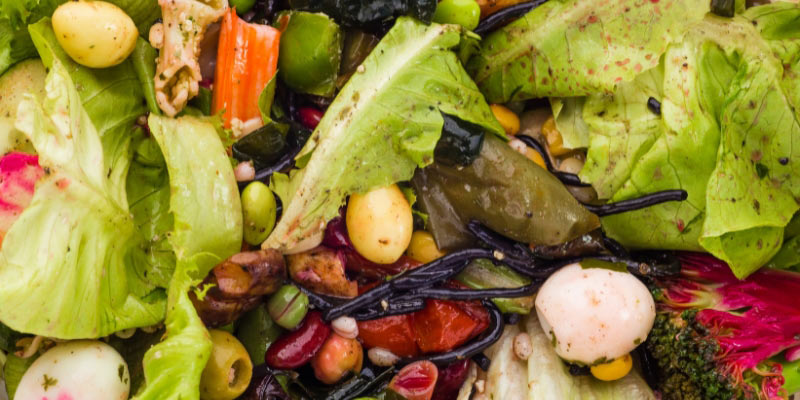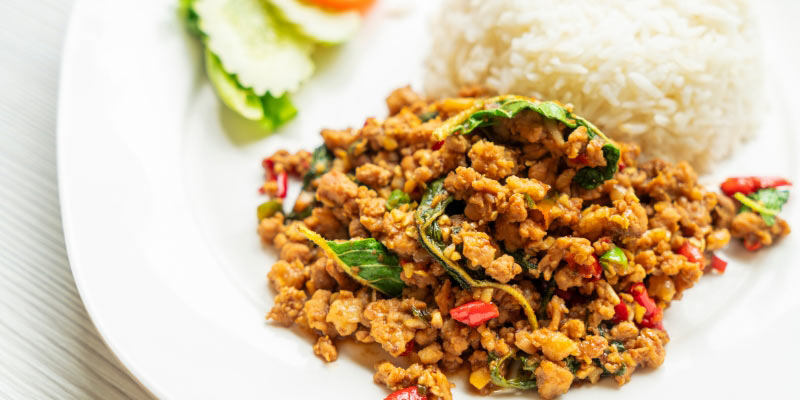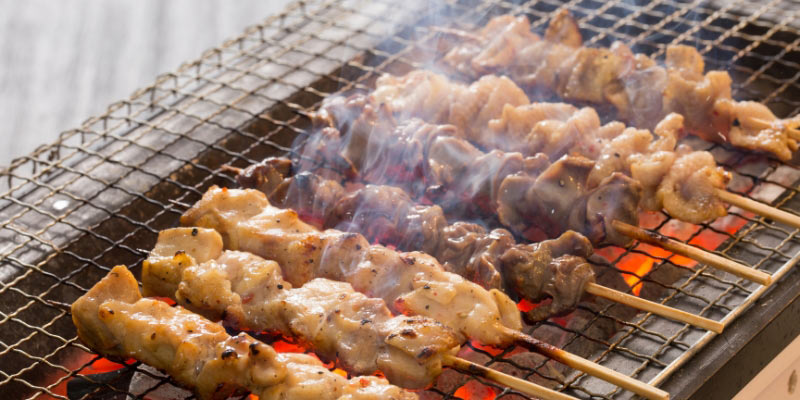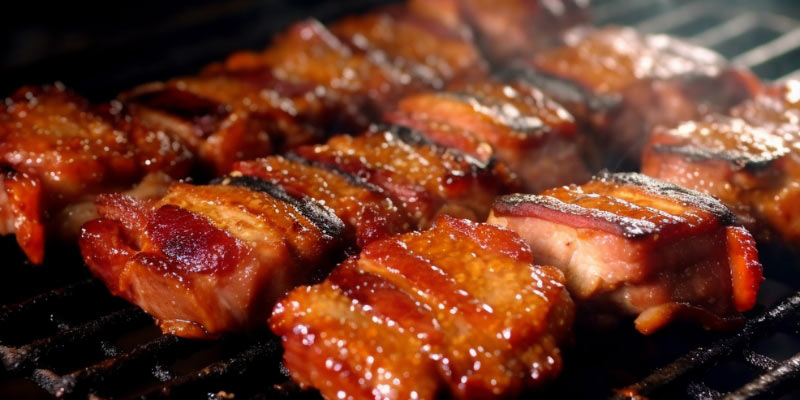People are becoming more worried about food waste, so it's time to change how we eliminate extra veggies. Please don’t throw them away. Instead, keep them so you can make a healthy veggie soup with them. This method not only helps cut down on the amount of food thrown away, but it also makes meals cooked at home taste better.
After a few minutes of gentle heating, the ends of onions, carrot tops, celery leaves, and plant stems that are usually thrown away after cooking could be used to make a lot of tasty food. This small step saves money and helps the environment by reducing the amount of trash that needs to be taken to dumps. So, the next time you make dinner, save any vegetables you don't use and make your vegetable stock to make a better dish for the world. The rest of the world and your taste buds will be grateful to you.
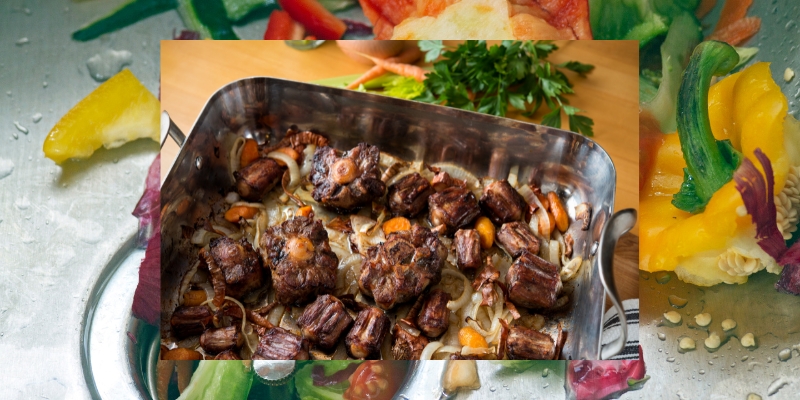
Steps on How to Make a Vegetable Stock:
If you throw everything into the container without measuring it first, it probably won't make a difference. Who can use the measuring cups to determine how much each item should use? These are the most important general rules you should follow.
- Grab a big pot.
- If you have no choice but to throw carrots, celery, and onions in with the rest of your trash, ensure you have enough of each. Every outstanding vegetable stock starts with these three elements.
- Put all your essential pieces in there.
- Herbs like parsley and thyme would be perfect for this situation. Add a few bay leaves to it and stir it up.
- Twelve whole black peppercorns were used, to be exact. I'm kidding, that's true. Some grains won't hurt you at all.
- Garlic cloves are not required, but they can be used. Please don’t waste your time trying to cut them down. Just cut them into smaller pieces and throw them in.
- Spread a thin layer of cold water over the veggies to cover them.
- Simmer for at least an hour and up to two with the lid on over low to medium heat.
- Before serving, pour the stock through a fine-mesh strainer to remove any leftover bits.
- Put away the stock to make soup, poach fish, rice, or veggies. The stock can also be kept in the fridge for up to 3 months or in the freezer for up to 3 days.

How to Save Vegetable Scraps for Stock:
Choose a plastic bag or other object as a trash can for the food you don't want. I used an extra jar I found in the storage room with a pop-top lid. I keep the jar in the freezer and add any leftovers every night after dinner. All the extra vegetable bits can be used to make vegetable stock if kept in the same container until complete. Then, you can move on to the next step.
Vegetable Scraps You Should Freeze for Stock:
- Onions, shallots, and all their parts, including the skin, stem, and root end of the onions and shallots.
- An onion is a word for something that is thrown away.
- The word "garlic" refers to the whole plant, including the skin, the leaves, and the disease (if it has been taken out).
- Carrots, including their roots, stems, and skins.
- The leaves of the celery plant can also be eaten and used in soups and salads instead of parsley. You can eat raw or cooked celery leaves.
- Both the bulb and the stalk of fennel work best when they are used in tiny amounts.
- The whole tomato can be eaten, from the stem to the purée.
- The roots of mushrooms are the most essential part of them.
- It is good to use the roots and other parts of herbs that are about to go wrong, especially herbs like parsley and more delicate thyme. You can add some woodsy herbs like rosemary or sage. Again, the best parts are the roots and others getting close to the end of their useful lives.
- Ginger, including the skin and everything else around it.
- Other types of cabbage shouldn't be used after the core and leaves have been removed. Instead, only Napa cabbage should be used.
- The part at the bottom of the leek and the dark green tips.
Generally, when making stock, you shouldn't add sharp or soft greens, peppers (because their taste might overpower a general-purpose stock), or potatoes (because potatoes tend to soak up flavor instead of adding it). Other things to avoid are peppers, which can easily overpower the taste of a stock used for many different things, and bitter or sensitive veggies. On the other hand, it is OK to keep some flavorful veggies and herbs on hand and use them when needed. You may not want to do this every time, though. Some tastes, like those that lemongrass and cilantro bring out, are fine in some situations but not in others. You can put these fragrant veggies and herbs away and use them later. After frozen, I get around this by putting my leftovers in various dishes in my freezer. Carrots and onions, which can be used in many different ways, each have their storage bin. The second bag is for special treats like daikon, Chinese vegetable decorations, tips for growing garlic scallions, and other things.
From my experience, it's best to wait to take the bag(s) out of the freezer until you are ready to add to them and have time to put them back in the freezer immediately. Even if you don't plan to add anything to them, you still need to do this. Because of this, the frozen food inside the jar won't accidentally start to thaw. After being stored this way, the vegetables are quickly broken down into parts. Because freezing destroys the cell walls, if you skip this step, the veggies will become unrecognizable mush when they warm. If you don't do this, then this is what will happen. When this mush is frozen, it turns into a firm block of frozen mush. This makes it harder to search the container for certain veggies, like when I'm looking for leftover half carrots to put in pots.
Conclusion:
Saving vegetable scraps and using them to make stock is easy and good for the earth, but it also gives the stock delicious tastes and could take your cooking to the next level. Recycling vegetable scraps so they can be used to make stock is not only a simple answer, but it's also one that can be done forever and never go out of style. One way to cut down on food waste and ensure that every part of the crop is used to its fullest is to find clever uses for things that would otherwise be thrown away. Also, when we make veggie stock instead of buying it, we have more control over how much salt and other spices go into it.
Putting together an inventory is a simple process that only needs a few basic steps and a small amount of time. The stock may add flavour to soups, stews, sauces, and other dishes. So, the next time you have extra pieces of vegetables, don't throw them away. Instead, save them and use them to make a tasty stock. This will not only make the food you make taste better, but it will also help you cook in a way that is better for the earth and more thoughtful.
